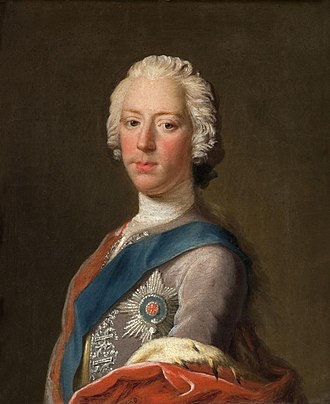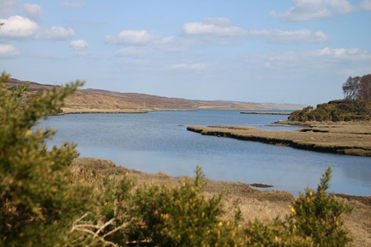Search for Bonnie Prince Charlie’s gold lost from ship Le Prince Charles Stuart

A documentary is due to be aired soon about the search for lost treasure from the Jacobite rising of 1745. The programme relates to the story of the gold being carried in Bonnie Prince Charlie’s ship The Hazard, or as it had been renamed Le Prince Charles Stuart. It was sent by King Louis XV of France to aid the Jacobite cause. Along with 160 men and some supplies, gold coins to the value of £13,000 were onboard the vessel, which translates to over £1.5 million in today’s money. The treasure failed to reach its destination after the ship was run aground in the Kyle of Tongue (Scottish Gaelic: Caol Thunga) on March 25, 1746.
The English ship HMS Hazard had been captured by a group of Jacobites some months earlier in Montrose (Scottish Gaelic: Monadh Rois). It was sailed to Dunkirk, given its new name and set sail again for Scotland with its precious cargo. Under Captain Talbot the ship ran into difficulty at an early stage having been forced to run aground on the coast of Belgium. However, the damage caused was not enough to prevent the journey continuing. The intention being to reach Portsoy (Scottish Gaelic: Port Saoidh) on the Aberdeenshire coast.
Unfortunately, four English ships, including the HMS Sheerness, had seen them and were in pursuit of the Le Prince. The 24-gunned Sheerness, broke off from the other English ships and gained ground on the Jacobite vessel. Captain Talbot sailed into the Kyle of Tongue on the northwest Highland coast of Scotland, in the hope that the larger Sheerness would not be able enter. However the Le Prince went aground on a sandbank, still within shooting distance of the Sheerness. For a number of hours the ships exchanged shots, but Captain Talbot was left with no other choice but to order the abandonment of his ship and to unload the goods.
The aim now was for the crew to try and carry the gold and supplies to Prince Charles’ base in Inverness (Scottish Gaelic: Inbhir Nis). Forces loyal to the English King George were in pursuit and after resistance and a number of deaths the Jacobite soldiers were captured. However, this was not before they had reportedly attempted to prevent the gold falling into enemy hands, either throwing it into the water or burying it. It was said that the gold was mostly recovered and shared among the Government leaders and their men as a reward for taking it from the Jacobites. However, it is widely believed that not all of the coins were accounted for. A view that was bolstered by the account in the early 19th century of a Sutherland farmer who reported discovering "a gold coin wedged in a cow’s hoof" when it was leaving a loch.
It was in pursuit of this possible hidden treasure that prompted the recent search. A film, due to be available soon, about this venture has been produced and directed by historian and TV presenter Ashley Cowie and Colombian filmmaker Natalia Reyes Escobar. They join with Scott Youngson and Hugh Mackay, diver and explorer Kenny Orbell and historian Iain Maclean from Caithness Broch Project as they search for the lost gold. The documentary will premiere on April 16, which marks the 275th anniversary of The Battle of Culloden, and can be viewed for free at ashleycowie.com/blog/highland-gold.
Image above. Prince Charles Edward Stuart courtesy of Scottish National Portrait Gallery.
Image below: Caol Thunga (Kyle of Tongue).






